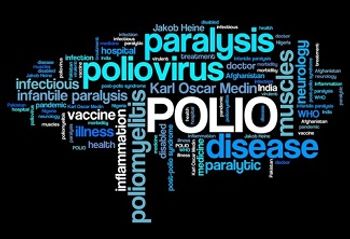
Could 2018 finally be the year polio is eliminated as a global health concern?

Streptococcal toxic shock syndrome has been on the rise in recent years in Japan, but health officials still don’t know what’s responsible for the increase in these often-deadly infections.

Tetraphase Pharmaceuticals submits its New Drug Application to the FDA for its investigational drug candidate, eravacycline, for the treatment of complicated intra-abdominal infections.

Achaogen reports “positive top-line results” from phase 1 trial of orally-administered antibacterial candidate C-scape.
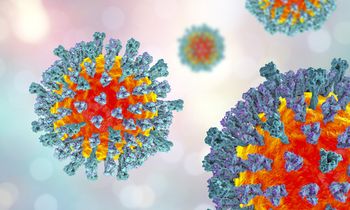
The CDC has issued a travel watch due to measles outbreaks in England and Greece.

Intra-abdominal infections (IAIs) are defined as disease processes occurring in normally-sterile parts of the abdominal cavity, and are generally treated mechanically, such as by surgery.

Saskia Popescu, MPH, MA, CIC, breaks down why an unlikely presence at the BWC highlights the growing importance of civil society involvement in global health safety and security.

The device, from Sanuwave Health, was previously approved outside of the United States for advanced wound care indications.

Due to living longer and other factors, comorbidities are common in HIV-infected patients on antiretroviral therapy (ART) no matter what type of insurance they have—although some conditions are more prevalent with certain payers.

Researchers are investigating outbreaks of Shiga toxin-producing E. coli in the United States and Canada, which may be linked to contaminated romaine lettuce.
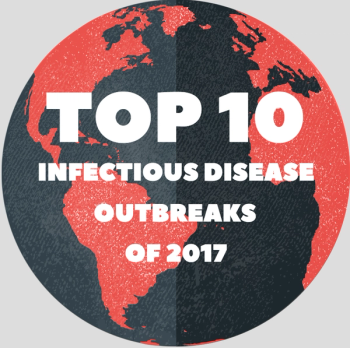
We’ve rounded up the 10 biggest infectious disease outbreaks of 2017.

According to a new study, when combatting viruses such as HIV, several enzymes in the immune system may malfunction and cause cancer-related mutations.

A recent webinar hosted by the Centers for Disease Control and Prevention and nursing organizations highlighted the important role of nurses in implementing hospital antibiotic stewardship programs.
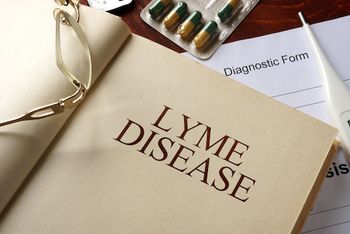
It was a big year for Lyme disease on Contagion®, with coverage of advances in early testing and other diseases that may be linked with the disease, to a panelist of experts debating the existence of chronic Lyme disease in our first-ever Peer Exchange® panel.

The only way individuals can reduce their risk of getting shingles is to get vaccinated; luckily, a new vaccine has recently been approved by the FDA.
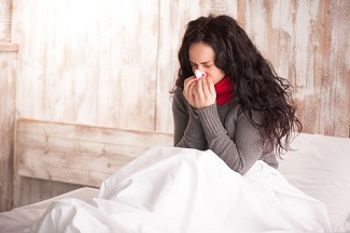
Despite low flu vaccine effectiveness during Australia’s recent flu season, one new report indicates that the vaccine should be much more effective for the United States this season.

Herewith, 4 New Year’s resolutions for the infectious disease community—at least according to us here on the Public Health Watch.

A new study finds that THC found in marijuana could potentially slow the process of neurodegeneration in individuals with HIV.

In the Centers for Disease Control and Prevention Emerging Infectious Disease journal, investigators have written several articles focused on these 2 components, that, if done poorly, can truly hinder or hasten an outbreak.
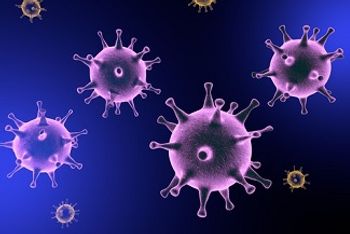
Here is a list of our top 5 viral infectious disease news stories from 2017; Did you read them all?

In a recent Association of Health Care Journalists webcast, 2 experts discussed the growing challenge of antibiotic resistance, and highlighted current and emerging strategies to reduce this major public health threat.

A triple antiviral drug combination for the treatment of influenza significantly decreased viral shedding but failed to provide clinical benefit.
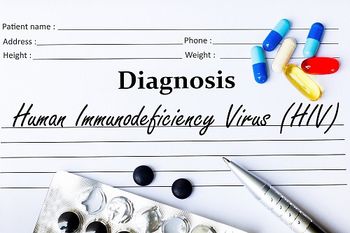
We break down our top HIV news stories of 2017. Did you read them all?

The American Society of Transplantation has reached a consensus on how the treatment of hepatitis C virus with direct-acting antivirals could enable organ transplantations to HCV-negative recipients.

In case you missed them, we've compiled the top five infectious disease articles from this past week.
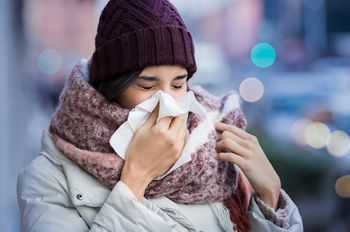
We’ve compiled the best ways to fight back against colds and flu viruses this holiday season.

Scientists are working on developing preventive and therapeutic strategies that target both HIV and herpes, as having herpes may make individuals more vulnerable to contracting HIV.

The Interagency Food Safety Analytics Collaboration released a report that sheds light on the types of food that contribute to food-borne illness.
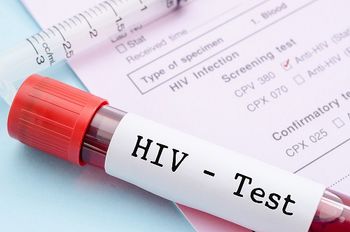
For young adults without risk factors for HIV, a new study finds several benefits to a one-time routine screening at age 25.